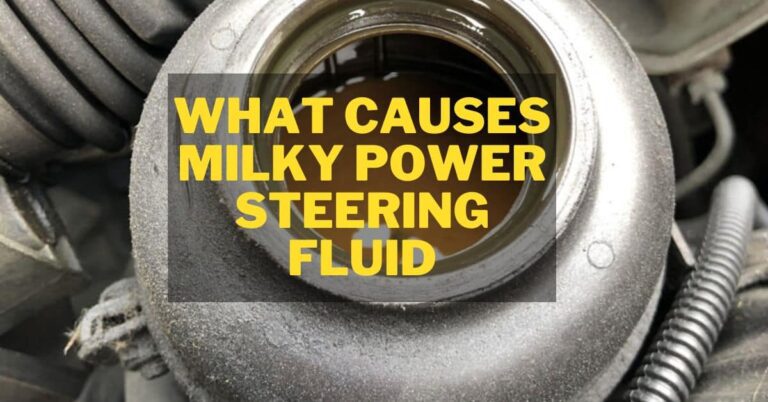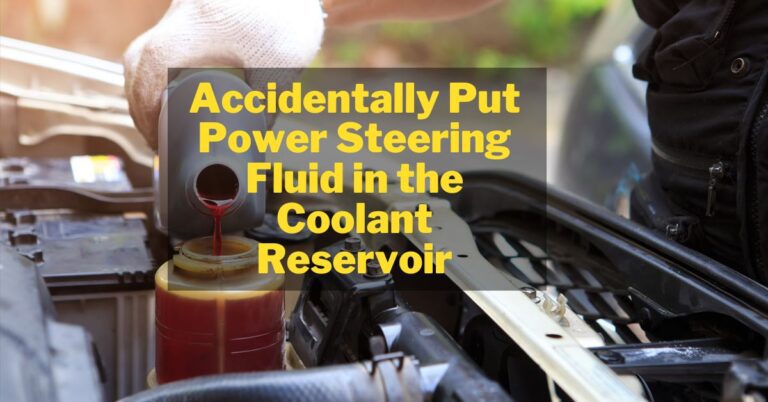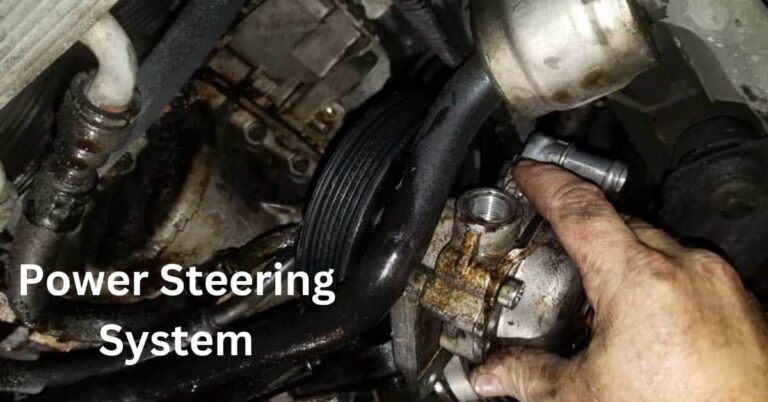Can A Bad Power Steering Pump Cause A Rough Idle? Causes and Fixes in 2024
Is your car engine not running smoothly, often resulting in momentary drops in RPM? Then definitely, your car is facing the issue of rough idling. But what is the reason behind the rough idling of the car engine?
If you are thinking that the culprit is your bad power steering pump, then definitely, you are right. But the question is how the bad steering pump affects the engine, resulting in rough idling.
The engine Control Unit (ECU) plays a crucial role in regulating the engine’s RPM. And when the power steering pump is malfunctioning, it can disrupt this delicate balance.
However, it’s important to note that a rough idle can be attributed to various factors, including the power steering pump, but also other components like the crank sensor, oxygen sensors, spark plugs, wires, Mass Air Flow (MAF) sensor, or Throttle Position Sensor (TPS).
Therefore, a comprehensive diagnosis of the issue is essential before jumping into repair or replacement. Let’s explore the symptoms first.
Symptoms of Rough Idle Caused by a Bad Power Steering Pump:
First, you should be able to understand the idling in your car engine. After that, you can find the reasons and fix it. So, explore the symptoms of rough idling by a Bad power steering pump. If you are already familiar with signs and symptoms, then move toward the next section.
1. Engine Sputtering:
When a power steering pump is malfunctioning, one noticeable symptom is engine sputtering. This means the engine runs unevenly, producing irregular bursts of power, which can be heard and felt.
2. RPM Gauge Fluctuations:
Another symptom is the fluctuation of the RPM (Revolutions Per Minute) gauge. The needle on the gauge bounces or moves erratically, indicating that the engine’s speed is not stable and that it struggles to maintain a consistent idle speed.
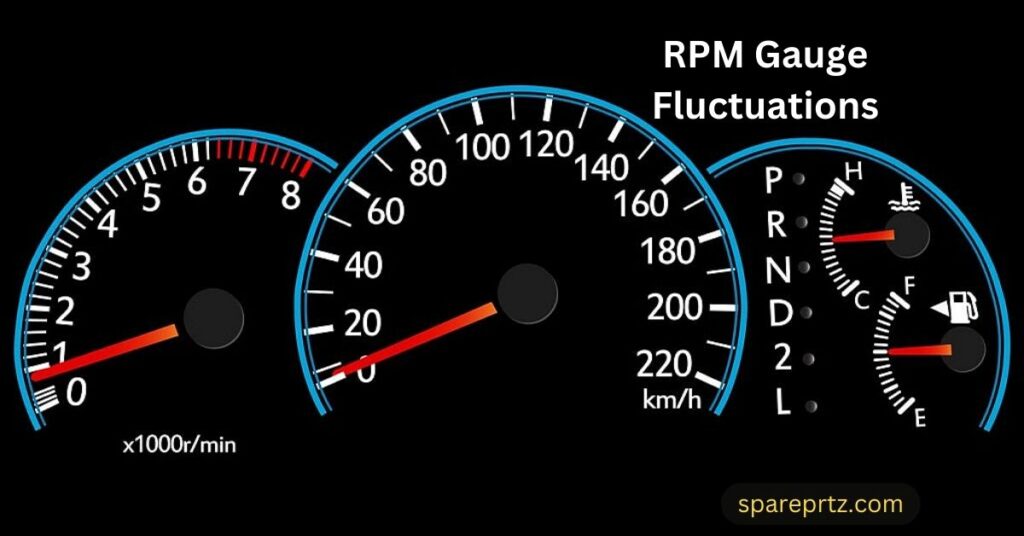
3. Sensation of the “Putt-Putt-Putt” Movement:
When a power steering pump affects the idle, you might experience a “putt-putt-putt” movement in the vehicle. This sensation is akin to jerking or shuddering as the engine tries to maintain a smooth idle, especially when coming to a complete stop or using idle speed for tasks like parking or approaching stoplights.
4. More Noticeable Issues with A/C Off:
Rough idling issues may become more pronounced when the air conditioning (A/C) is turned off. The absence of the A/C’s load on the engine can highlight the impact of a malfunctioning power steering pump on idle quality.
5. Occurrence with A/C On:
It’s important to note that rough idling can still occur when the A/C is turned on. In such cases, the additional strain placed on the engine by the A/C system, coupled with the power steering pump problem, can disrupt the engine’s ability to maintain a smooth and steady idle.
Also Read: Can a Bad Power Steering System Cause the Engine to Stall?
Causes and Fixes of Rough Idling Due to Bad Power steering Pump:
When you have confirmed that your original culprit is the Power steering Pump, then find the exact cause and fix it. Here, I will explain my personal experience to assist you in making your ride smoother and more comfortable.
1. Hole in Power Steering Pump:
A hole or damage to the power steering pump can lead to the introduction of air into the power steering fluid. This air can create bubbles in the system, and when these bubbles reach the engine, they can result in rough idling. The presence of air in the power steering system interferes with the smooth operation of the power steering pump, causing instability in the engine’s idle speed.
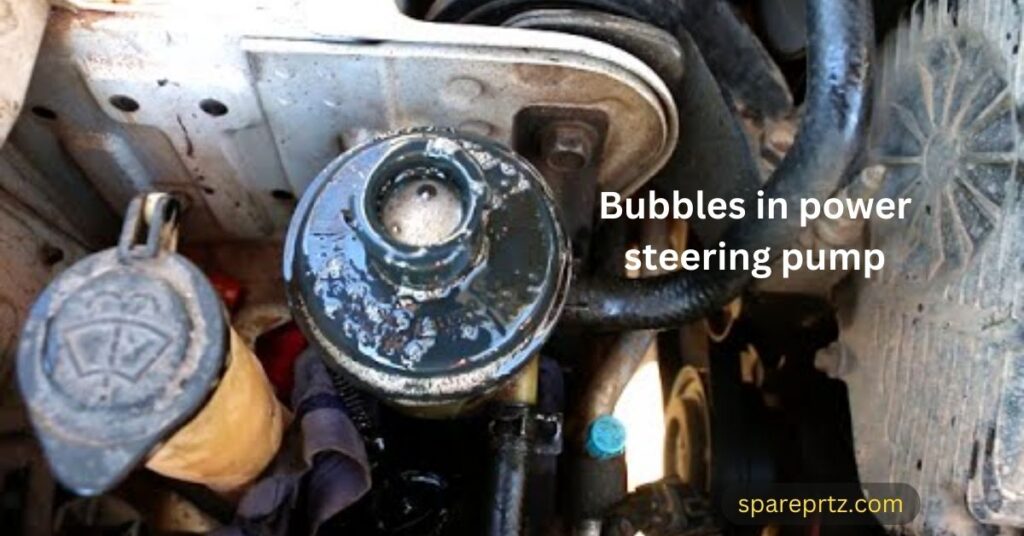
Fixes:
If a hole or damage in the power steering pump is identified as the issue, it may be necessary to repair or replace the pump. This will prevent the introduction of air into the system and ensure the power steering pump functions correctly, ultimately improving the engine’s idle quality.
2. Default Power Steering Sensor Switch:
A common cause of rough idle related to the power steering pump is a malfunctioning power steering sensor switch. This switch plays a crucial role in the power steering system, providing feedback to the Engine Control Unit (ECU) about the status of the power steering. If this sensor switch fails, it can disrupt the proper functioning of the power steering system, affecting the engine’s idle speed control.
Fixes:
If a malfunctioning power steering sensor switch is determined to be the cause of the rough idle, the solution is to replace the faulty switch. This will restore proper communication between the power steering system and the ECU, allowing the engine to maintain a steady and smooth idle.
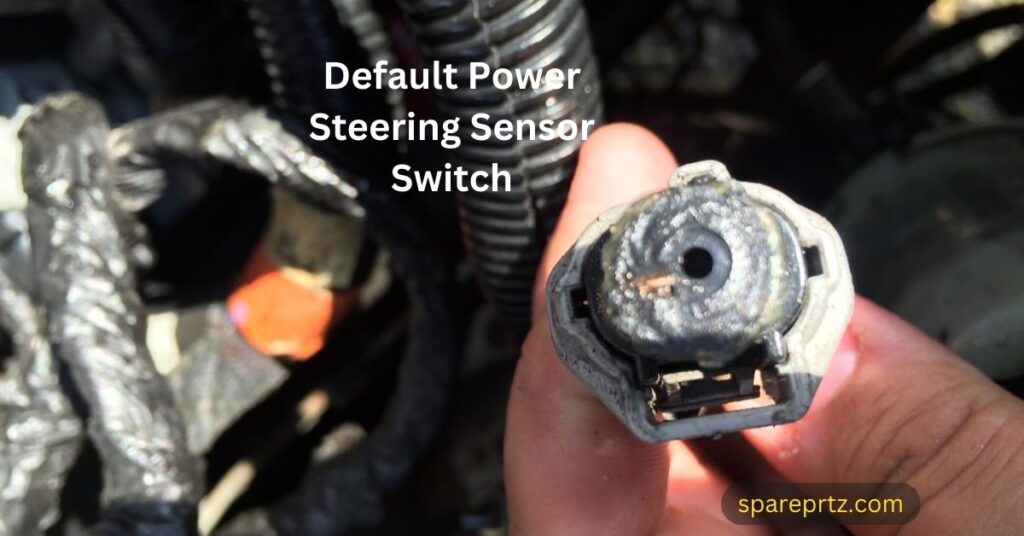
3. Broken Power Steering Pump Hoses:
The power steering system comprises a network of hoses that transport power steering fluid between the pump, steering gear, and other components. When these hoses become damaged or develop leaks, it can lead to power steering fluid loss and air infiltration into the system. The presence of air or fluid leaks can disrupt the functioning of the power steering pump and affect the engine’s idle quality. Three central hoses should be checked Properly are mentioned here.
- a) Hose from Intake to ICV: If the hose connecting the intake to the Idle Control Valve (ICV) is split or damaged, it can allow air to enter the system. This can disrupt the engine’s idle control as the ICV regulates air intake during idling.
- b) Pressure Hose to Cooling Fan: A damaged pressure hose that connects the power steering pump to the cooling fan can lead to fluid leakage. If the power steering fluid reaches hot engine components, it can create issues, including rough idling.
- c) Broken Vacuum Hose: Vacuum hoses play a role in regulating various engine functions. If a vacuum hose in the power steering system is broken or disconnected, it can lead to a loss of vacuum pressure and affect the engine’s idle control.
Fixes:
In the case of damaged or broken hoses in the power steering system, a thorough inspection is required. Replace any damaged hoses to prevent fluid leaks and air infiltration, which can lead to rough idling. Ensure all connections are secure and that hoses are in good condition.
Preventive Measures:
By following these preventive measures and tips, you can extend the life of your power steering pump and reduce the risk of rough idling caused by its malfunction.
- Change the power steering fluid regularly; don’t let the power steering pump dry.
- Inspect the power steering system for leaks and promptly repair any faults.
- Monitor the power steering pump for signs of wear and tear.
- Park on a level surface when possible to prevent power steering fluid from draining back into the reservoir and causing the pump to run dry when the engine starts.
Conclusion:
In conclusion, a bad power steering pump can be a contributing factor to a rough idle in your vehicle. However, it’s essential to consider other potential culprits like sensor issues, damaged hoses, or other engine components. Thorough diagnostics and preventive measures can help maintain a smoother and more reliable driving experience.
Most Related Articles:
- What Happens if You Run Your Power Steering Pump Dry? Consequences, Reasons & Fixes
- Why Is My Heated Steering Wheel Not Working? 5 Reasons And Fixes
- Why Can I Feel the Road Through the Steering Wheel?
- What Causes Milky Power Steering Fluid – Reasons, Symptoms and Fixes
- Color of Power Steering Fluid – Detail of All Colors of Power Steering Fluid


